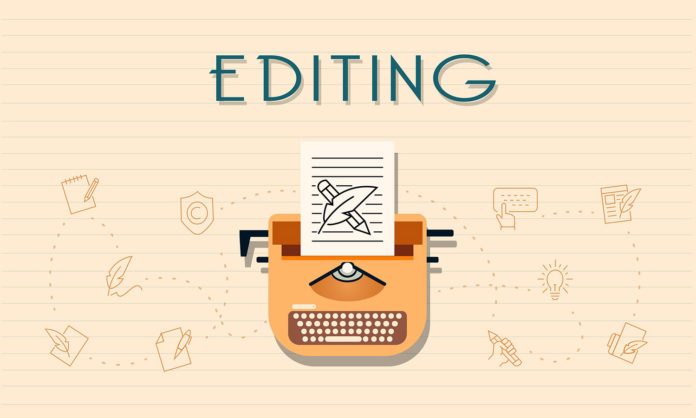
In a post on DIY MFA, Stacy Frazer says writers should avoid trying to make their story perfect during the first editing run and instead focus on important but less visible structural areas. “Please repeat after me: on my list of editing concerns, pretty writing is dead last,” she says.
Like assembling a jigsaw puzzle, editing your first draft is about getting the pieces organized and seeing how they fit together. “Sometimes, there are big chunks of connected segments, and you have no clue where they fit,” Frazer writes. “But, after many passes, it all connects and creates a beautiful picture.” To make the editing process more efficient, Frazer suggests:
- Taking a break after the first draft. “If you want to create a story others will read and enjoy, you must put down your pen and walk away for a bit to celebrate and fill your creative cup,” she advises. “Resting and celebrating will also provide you with two essential revision tools: Objectivity and a renewed perspective.”
- Reading the draft once without making any changes. “The revision process begins with an assessment of what you have, not what you think you have,” Frazer explains. “It is crucial to take inventory before you make changes.” Instead of editing this draft, read it as a reader and make mental notes of what works and what’s missing.
- Don’t try to revise from the beginning, line by line. “Revision is not a linear process. Instead, it is an iterative and circular process,” Frazer notes. “Don’t polish until you are certain the scene has earned its place in the story.” For your first edit, focus on structural issues, such as plot, character arcs, world building, pacing, and your cause and effect chain. Make a scene outline to identify key moments, character development, and plot holes. Fix all of these first before you consider whether specific lines or words are the right ones.











